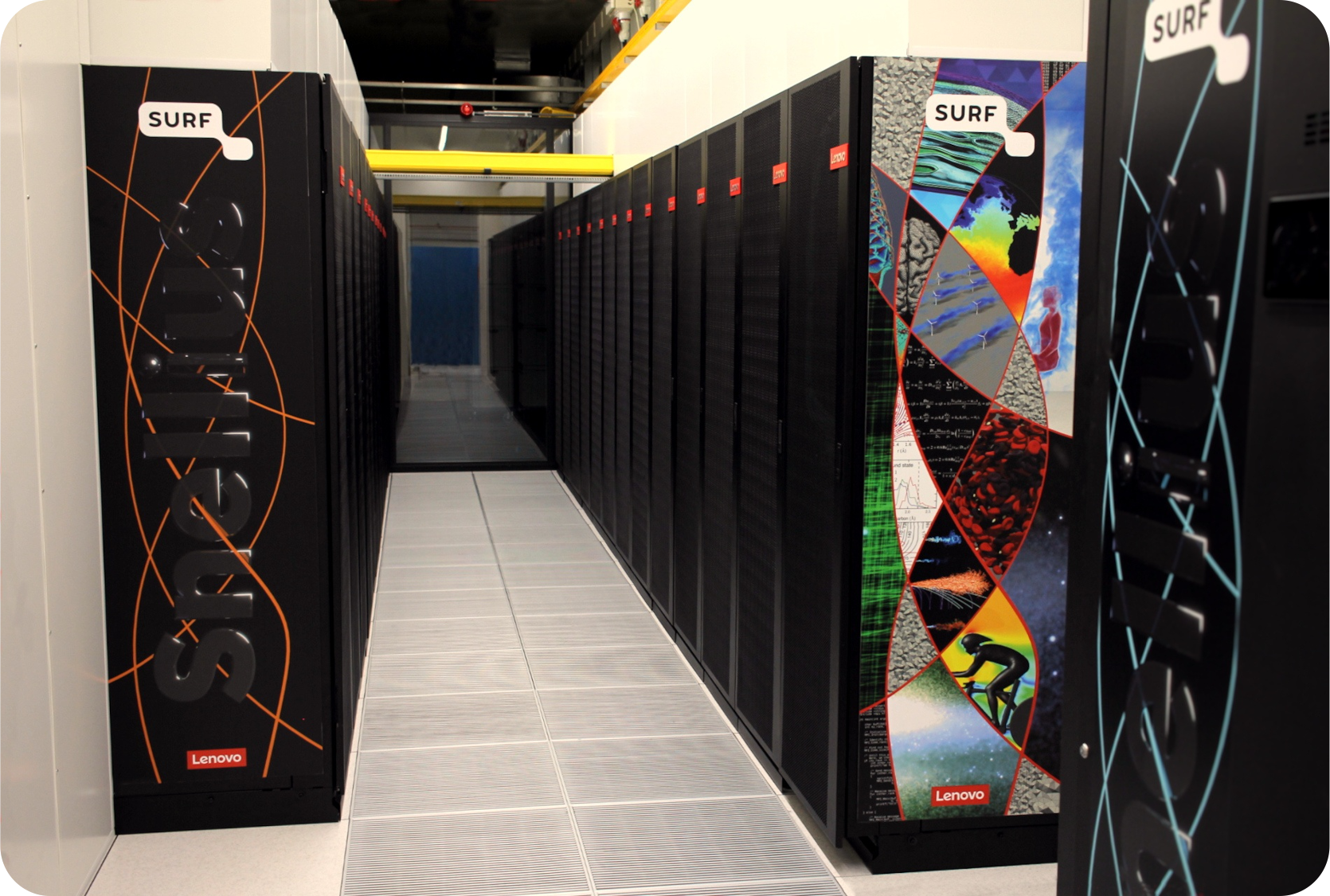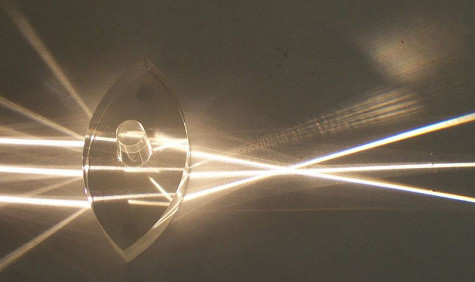| Info | ||||
|---|---|---|---|---|
| ||||
This page is the root entry point to technical and administrative documentation for (potential) users of the Dutch national supercomputer Snellius. |
...
| border | true |
|---|
Snellius and Lisa, similarities and differences
Lisa and Snellius both are compute facilities, clusters on which compute jobs can be run that utilise one node, or multiple nodes in parallel in an orchestrated way. However, both systems are funded differently and consequently options and conditions for obtaining access to either or both of these systems may not be the same for all potential users. In addition, both compute facilities are definitely systems in their own right, with different node flavours and other resource features.
While both systems are optimised to match their specific resources, SURF strives to optimise commonality between the two systems from a user perspective. In our view, it should be easy for users to go from one system to another in either direction, or to have projects on both systems, without a steep learning curve.
...
| width | 35% |
|---|
Snellius
Snellius is the Dutch national supercomputer. Snellius is a general purpose capability system and is designed to be a well balanced system. If you need one or more of: many cores, large symmetric multi-processing nodes, high memory, a fast interconnect, a lot of work space on disk, or a fast I/O subsystem then Snellius is the machine of choice.
For questions and requests please open a request at our ServiceDesk.
Information on getting access to Snellius can be found here.
Quick system overview
( see here for detailed hardware information)
...
16 cores/node
256 GiB memory/node
...
| width | 35% |
|---|
Lisa
The Lisa Cluster is meant for those in need of large computing capacities, but do not need the facilities of a real supercomputer. The system offers a large number of multi-core nodes.
Snellius is a cluster of heterogeneous nodes built by Lenovo, containing predominantly AMD technology, with capabilities for high performance computing (parallel, symmetric multiprocessing), data-processing, and machine learning. The system also has several system-specific storage resources, that are geared towards supporting the various types of computing.
The system has a peak performance of 14 petaflop/s, making it the most powerful high-performance computing system in the Netherlands.
Snellius is accessible at the address:
| Code Block |
|---|
snellius.surf.nl |
A virtual 3D tour of the system can be found here.
Mathematician Willebrord Snel van Royen
Willebrord Snel van Royen (Leiden, 1580-1626, shown right), also known by his Latin name Snellius, was a Dutch mathematician and physicist, humanist, linguist and astronomer. He was professor of mathematics at Leiden University from 1613 until his death in 1626.
He is best known for Snell's law, named after him, which indicates how light rays are broken when light passes through different materials (e.g. from air to glass, as in the image to the right).
| Warning |
|---|
Lisa Computing cluster no longer availableThe Lisa Computing Cluster has moved to a computing cluster on Snellius from 1 July 2023. As a result, requesting computing time on Lisa is no longer possible. As a replacement, you can use calculation time on Snellius. For more info on the migration process check Migration of Lisa users to Snellius. Requesting this service is done via our helpdesk service desk portal, or email at servicedesk@surf.nl or make an appointment with one of our advisors. |
For questions and requests please open a request at our ServiceDesk.
Information on getting access to Lisa can be found here.
Quick system overview
(See here for detailed hardware information)
...
16 cores/node
256 GiB memory/node
...
CPU nodes
(gold_6230R)
...
| width | 30% |
|---|
Common elements
Batch and reservation system
Snellius and Lisa use the same batch system - SLURM - though at any time the supported version may diverge. Snellius and Lisa use the same accounting and budgeting tools, that are a site-specific add-on to the tools provided by SLURM.
Software, applications, libraries, and tooling to build your custom applications
SURF strives to have a large number of scientific application software packages, libraries, and associated tooling available on both systems. The supported version(s) of any particular application or library may diverge between Snellius and Lisa. The software is built in such a way that it is optimised for the node flavours and node-interconnect of each system. This may imply that specific optimising features are not applicable to either system.
Documentation
The overviews and guides listed below are generic in that their contents applies to both systems - and parts of it possibly even to other HPC infrastructures elsewhere.
...


